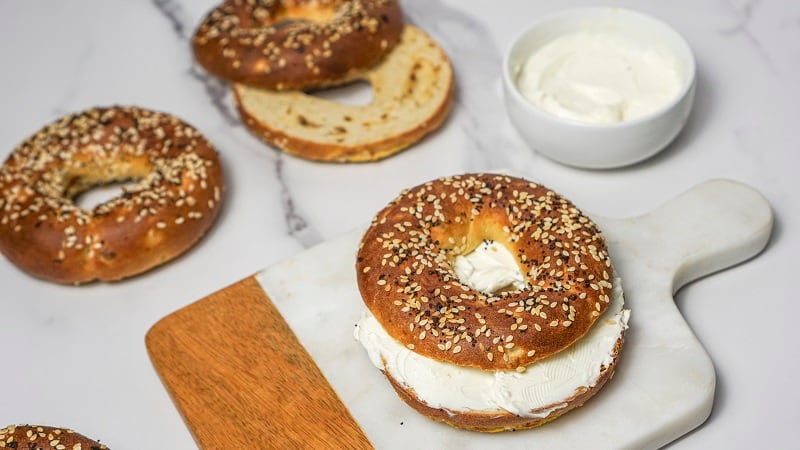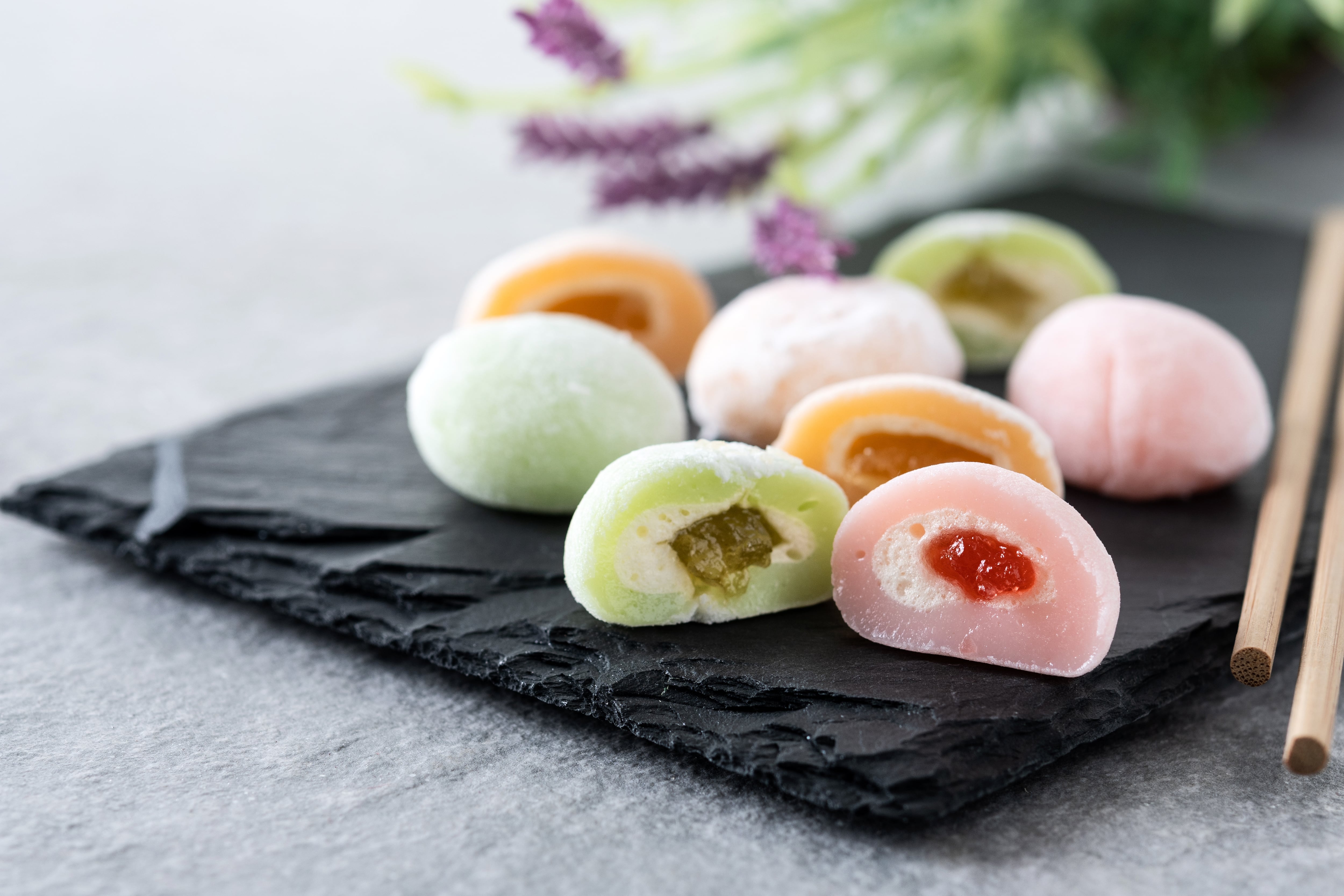Bakery’s growing use of sustainable and upcycled ingredients offers environmental benefits and consumer appeal, while federal support is helping the industry overcome persistent challenges tied to food waste and ingredient sustainability.
Consumers increasingly seek products with clean-label claims, preferring items made with natural, organic and minimally processed ingredients, according to Fortune Business Insights.
The demand for functional bakery ingredients is on the rise, with consumers seeking baked goods that deliver health benefits beyond basic nutrition, such as probiotics, fibers and plant-based proteins, per Allied Market Research.
Join FoodNavigator April 16 for a free clean label webinar
Clean label 2.0: Soothing safety concerns and navigating state bans: With a growing list of food additives in the crosshairs of state legislators and FDA revamping its post-market review process for chemicals in foods, many consumers are looking for food safety and ‘purity’ claims alongside minimal processing, assurances of ‘no bad stuff’ and natural colors, flavors and ingredients. We explore how demand for ‘clean-label’ is evolving among consumers, legislators and regulators – and how brands are innovating and renovating to meet their needs.
Speakers:
- Serenity Carr, Co-Founder and CEO, Serenity Kids
- Stephanie Mattucci, Director of Food Science, Mintel
- Brian Sylvester, Partner, Perkins Cole
- Gregory Vetter, Founder & CEO, Tessemae's All Natural
- Elizabeth Crawford, Senior Editor, FoodNavigator-USA
Registration is free, click here to sign up.
Federal and state initiatives provide funding for growth in the category, including R&D tax credits for bakeries incorporating sustainable ingredients (i.e. gluten-free recipes using alternative flours), and overseas in the EU, the recent launch of the Federation of European Manufacturers and Suppliers of Ingredients grant program is designed to boost sustainable production for bakery, confectionery and patisserie industries.
Trade organization the Upcycled Food Association aims to reduce food waste in the global food supply from a certification, research and policy perspective. The Upcycled Food Verified label reflects standards for upcycled products that incorporate nutrient-dense ingredients that would be discarded.
Upcycled ingredients in bakery
Across food production, manufacturers rely on large quantities of raw ingredients, including grains, fruits and nuts in bakery, which could create opportunities for other uses.
Byproducts from grain and coffee, for example, can be scaled through precision fermentation and cellular agriculture to serve as protein fortifiers and cocoa alternatives, respectively
Future Food-Tech Chicago explores sustainable proteins and ingredients June 2-3, 2025
Bridging the Supply Gap: Designing Sustainable Ingredients and Proteins featuring Brandy Edmonds, Vice President Innovation, Technology, & Quality, General Mills
This session will dive into how R&D, product development, and emerging technologies like fermentation and cultivated ingredients are shaping more sustainable and resilient systems. We'll also look at which ingredients—like eggs, cocoa, and oils—are top priorities to stabilize, and where the biggest opportunities lie to bridge supply gaps with alternative solutions.
For more details, visit Future Food-Tech Chicago's agenda here and register here .
Research at the National Institute of Cellular Agriculture (NICA) at Texas A&M explore how coffee, chocolate and grain byproducts could meet the growing need for nutritious, functional and clean label foods, according to Reza Ovissipour, co-founder of the NICA program.
Upcycled Verified cookie brand Fancypants turns the leftover oatpulp from oat milk production into upcycled oat flour, and combines it with King Arthur Baking Company’s flour. Any food waste, like broken cookies or crumbs, during Fancypant’s production are converted into renewable natural gas in partnership with Massachusetts-based energy farm Farm Powered, according to Fancypants.
Guar protein offers functional and low-cost solution
Ingredient startup CoryPro Ingredients debuted its guar protein during Future Food-Tech in San Francisco last month. While guar gum is widely used in commercial food production as a stabilizer, thickener and emulsifier, its byproduct, guar meal is a rich source of protein, according to CoryPro.
When guar meal is processed into a concentrate and isolate, it results in 80% and 92% protein content, respectively – a significant boost from guar meal’s protein content alone, which is about 55%, per CoryPro.
As an allergen-free, non-GMO and gluten-free ingredient, guar protein also is cost friendly compared to other protein sources like pea, chickpea, or rice, which are bought as a food material versus byproduct, per CoryPro.
With its functionalities as an emulsifier, guar protein can be used across a variety of categories, including nutrition bars, beverages and plant-based dairy, according to the company.
Sustainable egg replacements from potatoes
As protein-enriched baked goods continue to capture consumers’ attention, companies look to sustainably produced ingredients to meet global demand.
Israel-based alt-protein company Polopo partnered with global ingredient supplier CSM Ingredients to scale its patatin (potato protein) as a protein-rich egg replacement for baked goods.
Polopo’s genetically modified potatoes contain a DNA sequence for the potatoes to produce patatin in higher concentrations. Once the GMO potatoes are fully grown, the protein is extracted and dehydrated as a powder after the harvest with trials yielding enough patatin protein to warrant commercialization, according to Polpos.
While the potatoes themselves are GMO, the protein does not contain genetic material, making Polopos’ patatin a clean label ingredient, according to the company.




